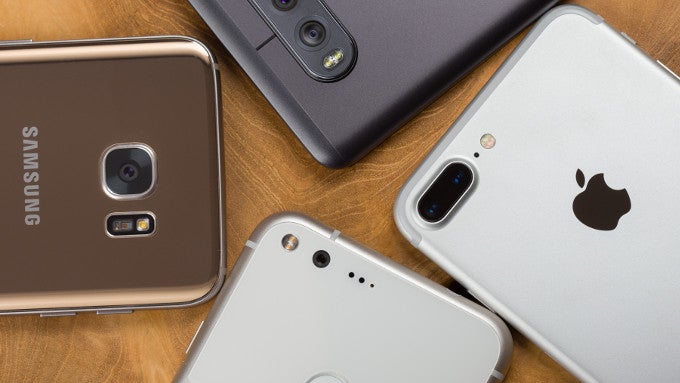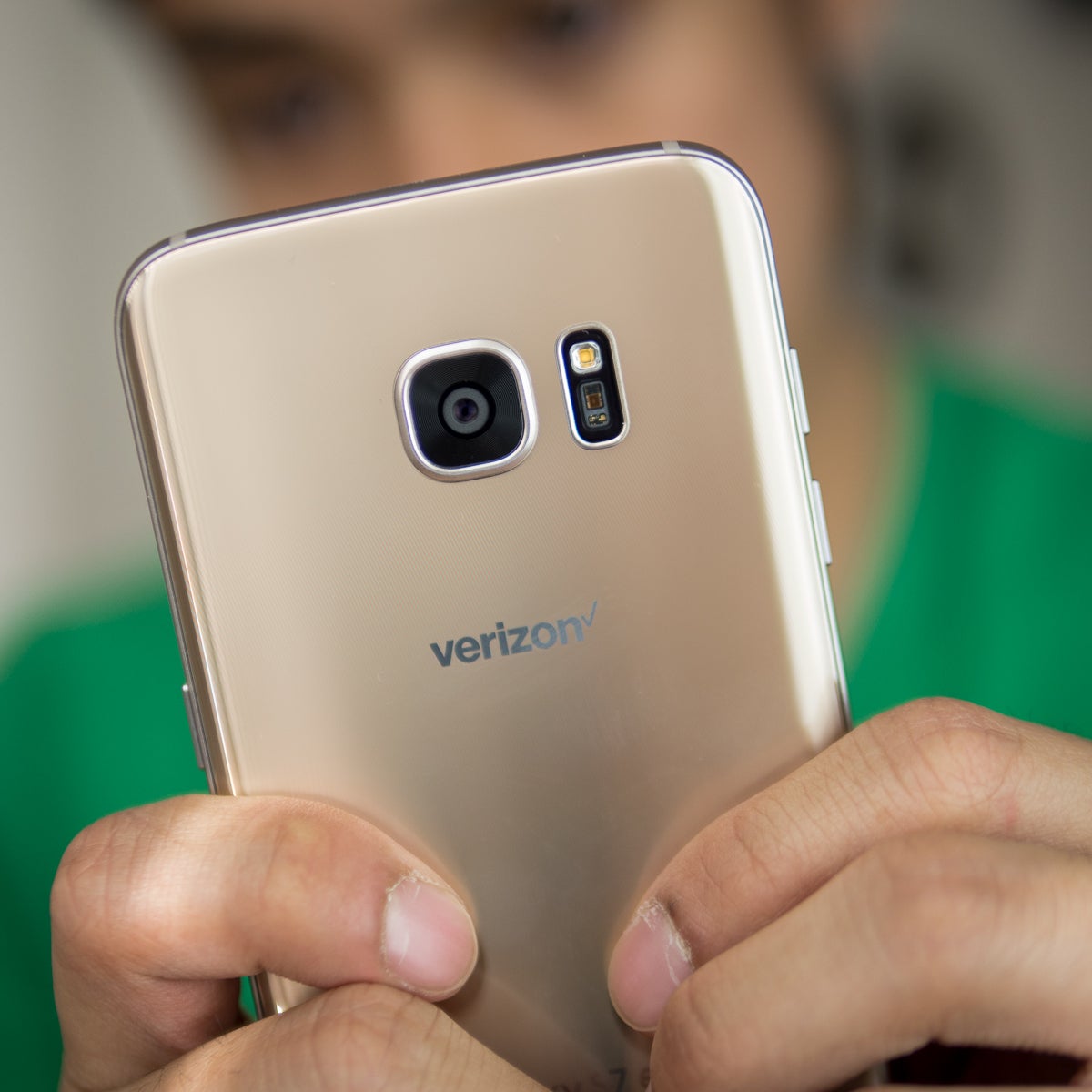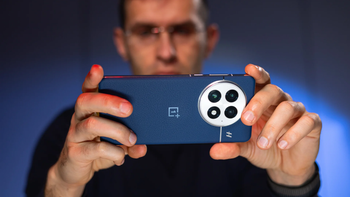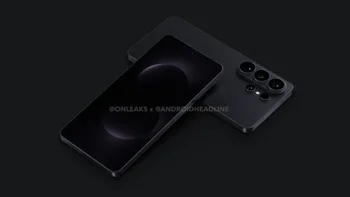HDR mode camera comparison: iPhone 7 vs Pixel vs Galaxy S7
You can now read:
- iPhone X vs Galaxy Note 8 vs LG V30 Camera Comparison
- Google Pixel 2 vs iPhone X vs Galaxy Note 8 Portrait Camera Comparison
- Big 2017 phones Camera Comparison

What's HDR? A quick rundown
HDR is a technique, which was being employed with “real” DSLR cameras long before it arrived on smartphones. It's used when your composition has brightly lit spots and / or dark areas. As you probably know, in such a situation, you need to choose — either amp up the exposure to brighten the shadows (which blows out the bright areas and turns them white), or reduce exposure to make details in the light visible (but lose shadows to blackness).
What HDR does is, it takes a few photos at different exposures — one underexposed, one overexposed, and some more shots in between. Then, the software cuts out the best bits and pieces from each picture and mixes them together to give you a balanced final image — one that doesn't have black shadows or overblown highlights.

However, Google's HDR+ mode works slightly different than that — instead of taking photos at different exposures, it only captures a set of underexposed shots and merges them together to brighten them up. Check this article for a full rundown of how HDR+ works.
Operating the cameras

Anyone who has ever used a phone camera or a digital camera of any sort will say that being able to see “what you are going to get” on the viewfinder is a pretty big deal when setting up a shot. And, for the most part, smartphones do this pretty well — composition and exposures are well represented on the viewfinder before taking a photo, making the experience simpler and much less fiddly.
Now, since HDR is a bit more complicated than just taking a still and presenting it to the user, it's possible that the image you see on your viewfinder to be misleading. The Samsung Galaxy S5 was the first smartphone to offer a live HDR preview in real time, making it much easier to figure out how your shot is going to look after taking it. Of course, the Galaxy S7 still has the feature, and it's pretty spot on — HDR shots usually end up looking very similar or the same as they looked before you pressed the shutter key.
On the iPhone, we also seem to have a real time preview of HDR mode, despite the fact that Apple hasn't really boasted about the feature. Just like with the Galaxy S7, we get similar to same-ish photos, when compared to what was shown to us in the viewfinder.
The Pixel, however, will very often surprise you with an image that has nothing to do with what you were shown. We suppose this is because the HDR+ technique it uses can't stream a “previewable” shot, at least not yet. Often, the composition on your viewfinder will look like an overblown, white mess, and you are required to just trust the process and press that shutter button. To the Pixel's benefit, HDR+ does do an awesome job at balancing a dynamic shot, but it's worth mentioning that you may find yourself taking a photo and readjusting exposure a few times before you get that perfect picture.
It's also worth noting that all of these phones have three modes, when it comes to HDR that is — Off, Auto, and On. Obviously, if you don't really care all that much about control over your camera and just want to end up with an acceptable picture every time you press the shutter, leaving it on Auto is the best choice — the phone will analyze the situation and choose whether to engage HDR or not.
However, do note that Auto usually doesn't do as a dramatic a job as HDR On most of the time. This is true for many smartphones, the Galaxy S7 and Pixel included. An HDR Auto will give you a slightly balanced image, while a fully engaged HDR mode will squeeze some extra light and do extra subduing in a shot, but could also introduce a bit of shutter lag. We've seen this behavior in other brand smartphones, like Sony, so it's worth testing on whatever device you currently are on, too.
On to the images
So, we took the phones in questions for a spin both inside and outside and found a few scenes that would demand the use of HDR if you wanted all of the detail in them to be observable in the final photo. Let's check them out!
1 Tree trunk
Right off the bat, this is a pretty challenging shot. We are low to the ground, shooting the dark side of a tree trunk, with a sunny sky directly in the background. We put that red case there for some extra color. Here's how the phones fared:
By order of appearance, the iPhone 7 gave us the darkest shot here. Everything is still visible, and the sky still has a bit of blue in it.
The Pixel's shot gave us a similar result, but slightly more exposed. As a result, the sky is blown out, but we've got more detail on the ground and especially in the tree bark. The grass also has a warmer and more vivid color to it.
The Galaxy S7 went all out, amping up the picture's brightness. The sky is pretty much unsalvageable, but the shadows on the ground are nicely lit and everything is visible.
Each one of these has its benefits — if you just want to take a shot and instantly share it, we'd say the Galaxy S7 did the best here, as the photo is well-exposed and easy to view from the get-go. However, it definitely lacks in dynamics and feels a bit “fake”. We feel like you'd get a much better image if you grab a photo-editing app (like Snapseed) and tune up the Pixel's photograph. With its crisp detail and nice dynamics (check out the contrast between the sun spots and shades), you can get a more interesting final result.
2 Bottle in a tree
What'chu doing up there, buddy? Looking upwards, we found this bottle, stuck in a tree. The sun is just over to the left and our phones are up for a second challenging shot. Let's see how they did.
The iPhone 7 definitely kept its cool. We didn't lose too much of the sky and the bottle is pretty visible — we expected at least its bottom to be lost to darkness.
At a glance, one might say the Pixel did an amazing job in this photo, but the longer we look at it, the less natural it looks. Shadows are boosted a bit too much, highlights are a bit too subdued, we can see HDR ghosting around the left edge of the tree, and the tree bark itself doesn't appear natural, probably due to HDR correcting it a bit too much.
3 Hot wheels
Crouching behind two cars that won't be going anywhere anytime soon, we've got the sun shining from the left. The natural shade between the vehicles and the details, hidden under their fenders, are the next trial for our cameras.
The iPhone 7 played it safe — the sky is perfectly blue and we lost a bit of details from the cars' undersides. However, when enhancing the photo in post, we can definitely see that the shaded areas are not entirely lost — something that can't be said about our next contestant.
The Pixel's photo looks very similar to the iPhone's, with the exception that we've got a smidgen more light in the bottom half of it. That made us think that we'll be able to squeeze out a bit more detail from the dark parts, but after enhancing the photo, we actually found that there is nothing there — despite looking darker, the iPhone photo actually holds some more information.
With that said, we give this round to the iPhone 7, thanks to its balanced performance, with the Galaxy S7 a very close second, thanks to the details it captured in the darkness, without overexposing the shot too much.
4 Fruit basket
Taking the phones inside and doing some shots against the brightly-lit windows, we truly push each phone's HDR to its limits. Like this fruit basket below, for example, which was, predictably, pretty hard on all three handsets.
The iPhone did its best to capture the trees outside the window and the dark front of the basket, but didn't do a good job at either. Most of the front is engulfed in shadow, and some details are visible outside, which is a commendable feat, but not as good as our next contestant.
The Galaxy S7 got the worst of both worlds — its highlights got blown out, its shadows are a black void.
A very obvious win for the Pixel here, with none of its competitors following anywhere close.
5 Flower under the sun
Last, we've got this beautiful red flower posted in front of our window. So, we've got the sun on the outside, and a shady area under the counter, just hanging out there at the bottom of our composition. How did the phones do?
The iPhone came up with the most natural shot, for sure, but it definitely suffers from being a bit underexposed. Some details under the counter and in the flower's leaves are lost for good.
Finally, Sammy's HDR did a great job in this scene — striking a balance between details and keeping highlights at bay. Definitely our winning image for this round!
Conclusion
So, what does this all mean? We wouldn't go as far as to pick a favorite or point a winner in this test — each phone's HDR mode aims for a slightly different result, and each one takes good photos in its own way. Apple's iPhone will try to keep a natural look in the image, even if the photo turns out to be darker than you wished. Using tools to enhance the image later (such as iOS' excellent built-in photo editor) is possible and can help you make those darkened objects pop, if you are lucky. Google's Pixel does its best to balance light and shadow, and achieves some very, very impressive results. However, as a byproduct, the images sometimes just look cartoonish or heavily doctored — something that can't be removed with a simple photo edit. Samsung's Galaxy S7 favors boosting brightness and lighting up the dark spots, even if it happens to sacrifice details or proper colors around light sources. Again, this is sometimes extremely useful, but could at other times spoil your image a bit.
Obviously, which one you favor is an entirely personal choice, and we hope this comparison shed some light on the differences between the three phones... when it comes to HDR, that is. Which one did you like most?
You can now read:
- iPhone X vs Galaxy Note 8 vs LG V30 Camera Comparison
- Google Pixel 2 vs iPhone X vs Galaxy Note 8 Portrait Camera Comparison
- Big 2017 phones Camera Comparison
Follow us on Google News














Things that are NOT allowed:
To help keep our community safe and free from spam, we apply temporary limits to newly created accounts: